
antonia
Source (link to git-repo or to original if based on someone elses unmodified work):
Version 0.91
antonia is a small program that makes music visible. It calculates a detailed frequency spectrum of any *.wav - audio-files and lets you examine what different sounds, instruments and noises "look" like.
The frequency-scale is oriented at the human sound-perception and some other details of the grafics should give you the best possible visual representation. The original aim has been to build an audio-editor that uses this representation, but sadly, I ran into some serious problems with this. Nevertheless, if you want to know how the difference of drum-beats, a trumpet playing an "a" and a human singing this same note is encoded in the frequency-spectrum, this tool will give you the answer ;-)
0.91
----
>fixed the problem with audio-playback and some other bug-fixes (I hope that this is the final solution. Qt's audio support is not as good by far as the other parts of the library)
0.9
----
>removed everything that does not work well
>this program is limited to analyse the frequency spectrum
>this will be the last release (there might only be some bugfixes) as I ran into serious problems with my attempt to manipulate the data.
0.3
----
>new representation of intensity: variable linear - logarithmic scale.
Enabling you to choose the ideal tradeoff between high contrast and many visible details.
>bugfixes and some minor improvements, better manual
>new video uploaded to youtube:
http://www.youtube.com/watch?v=xZ46GUbEi1E
>this release is dedicated to the winner of the eurovision song contest - Lena Meyer-Landrut
>OK, I admit I do this only for google-hits. (But actually this is more important than football)
0.2:
----
>increased performance by usage of fast sin/cos functions
(fastMath.cpp - lookup-table for 1024 values with intelligent interpolation)
>reduced flicker by using OpenGL
>additional options
>possibility to create videos (and two videos uploaded to youtube)
http://www.youtube.com/watch?v=TdPq3dAKQm4
http://www.youtube.com/watch?v=RoISqbk5-pw
0.1:
----
proof of concept: frequency-analysis and simple cut / copy operations implemented







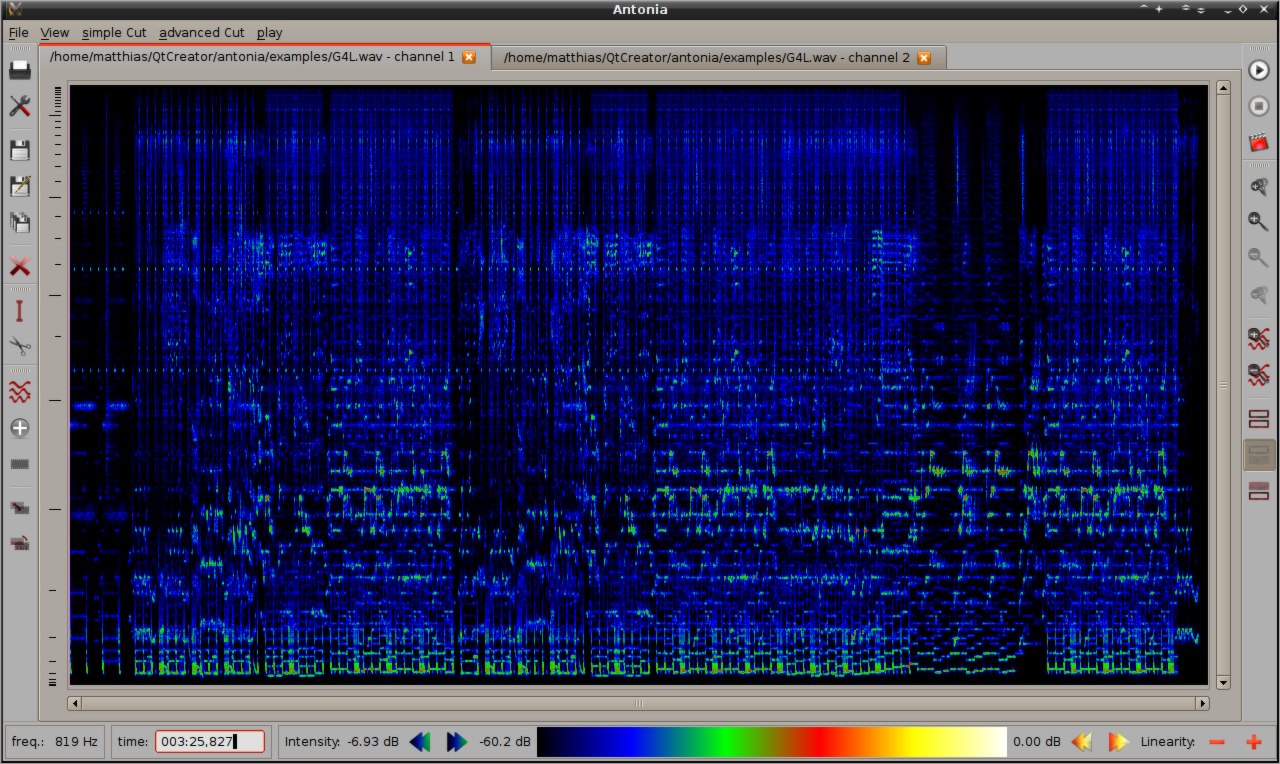
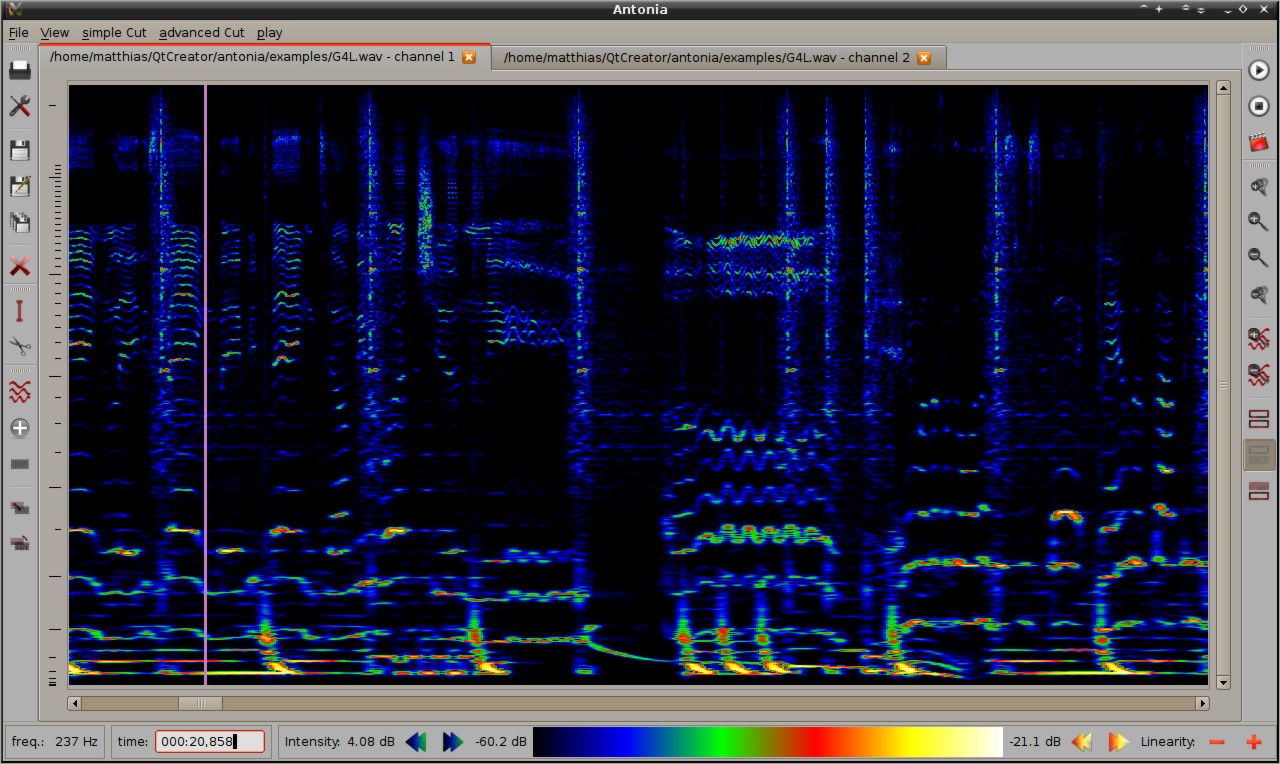
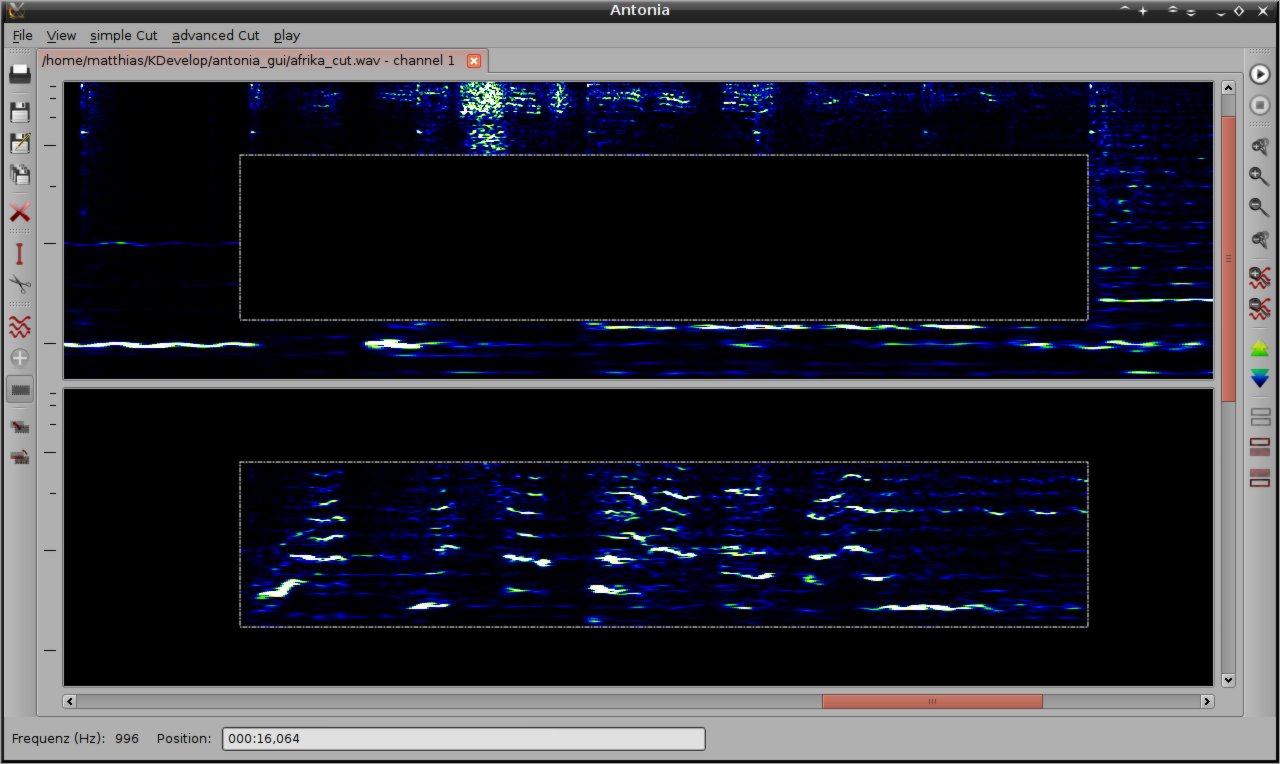




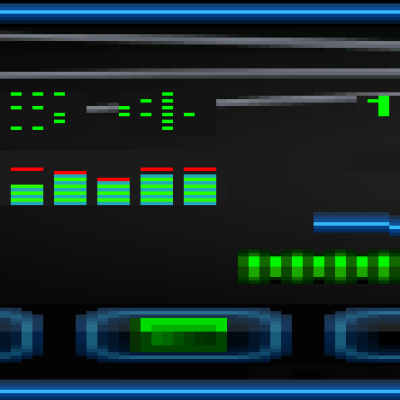

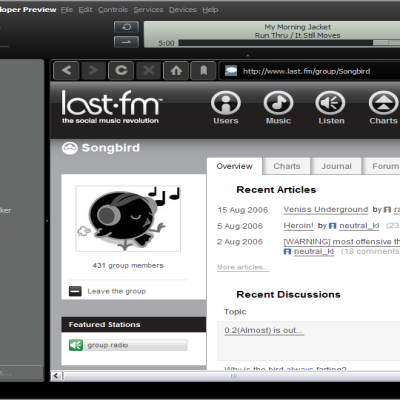
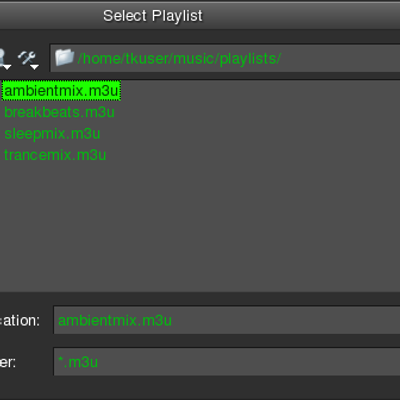
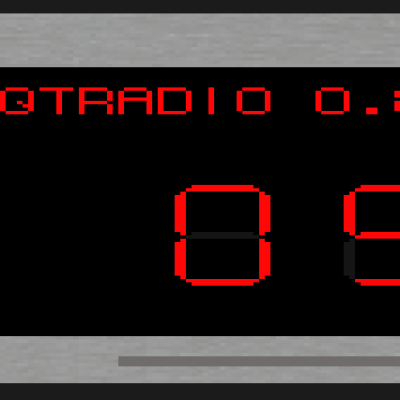
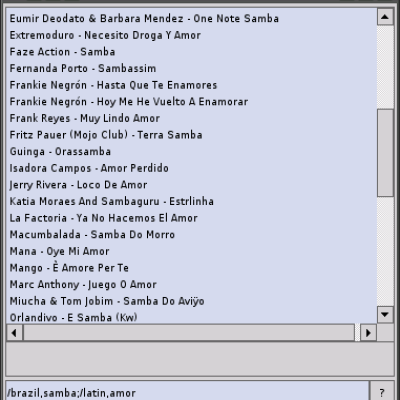
Ratings & Comments
6 Comments
Maybe it could be interesting to have some frequency analyzer - or analyzer of this type in Amarok.
Yes, it would be interesting. But I'm not sure how to do this. Calculating the spectrum is a lot of work - I don't think it could be done during playback (In fact, this would be possible - even on my laptop on battery this is faster than realtime. But normally you don't want a music player that uses 70% cpu-time... Perhaps something like the moodbar would be possible. I think, it uses some kind of pre-calculated images etc. But this moodbar actually is about 10 pixels high - not enough by far. Nevertheless, I think that it would be worth a try creating a mockup and perhaps this could be an alternative to the moodbar (at the moment I'm not really impressed by the moodbar, but I have not used it a lot yet)
I see it as certain occasion to fluently nyturaly examine the spectrum of large amounts of sounds that can be found in various music collections of users. Then everybody could find the type of music and the look of its spectrum, that provides harmony or on contrary headache:-) why? - see the spectrum - the real reason is in these patterns, and always was. :-) From this point of view this activity - when choosing the option in player or sound editor: playing songs and trying to understand - deserves not only 70 % of PC's processors power, but almost all necessary energy - and that's why I bought it. :-) (I am not programmer and hope, that the authors of sound editors will be interested in your approach to manage sound data during processing in editor.)
The menu buttons below the menu are simply gray, are there some images missing in the source?
Hi! You should have a /ressources directory somewhere, that might be empty (except for a small README). Simply copy the content of "/original cmake project/ressources" there. The reason for this is, there are two different projects - one for QtCreator and one for cmake - and a precompiled Windows Binary in the package but I didn't want to add the same Icons three times, so they are only found in the original cmake project
Oh, there could be another reason for this. If someone has this Problem: You have to invoke antonia from exactly that folder, that contains the /ressouces subfolder. I think I should add a short skript for this issue to the next version. (Soon!)